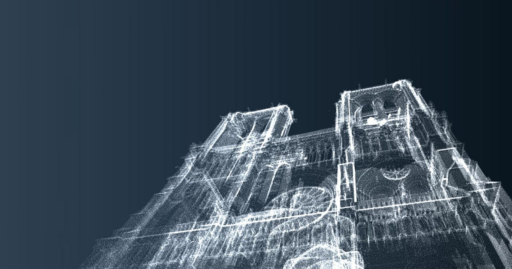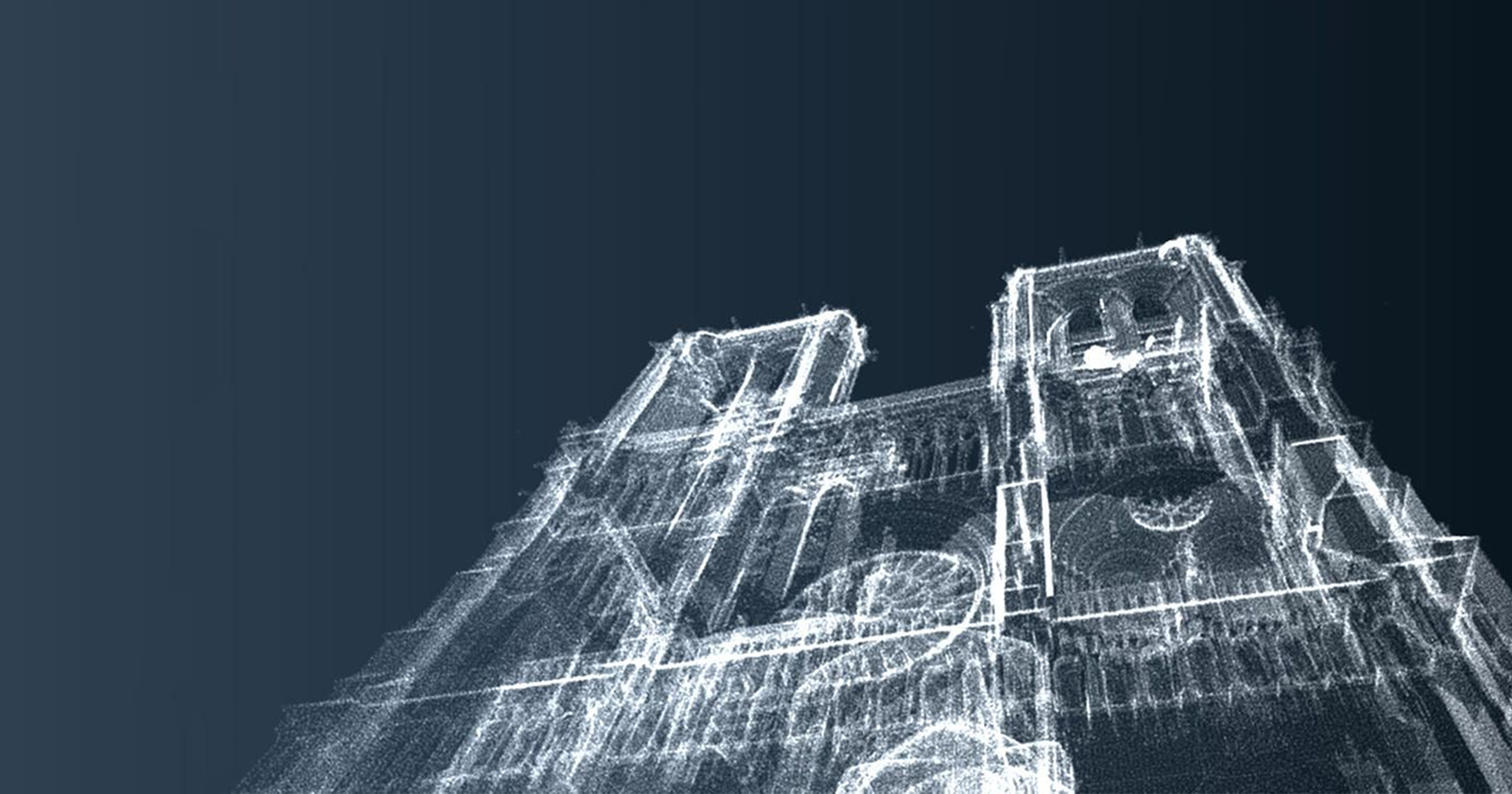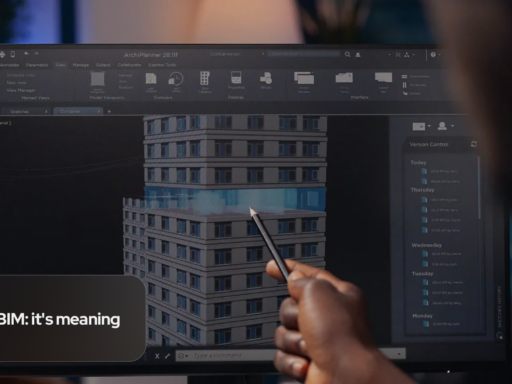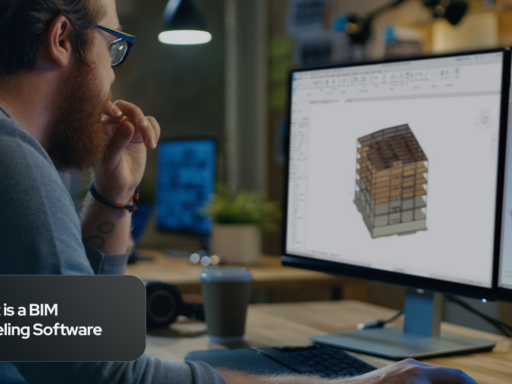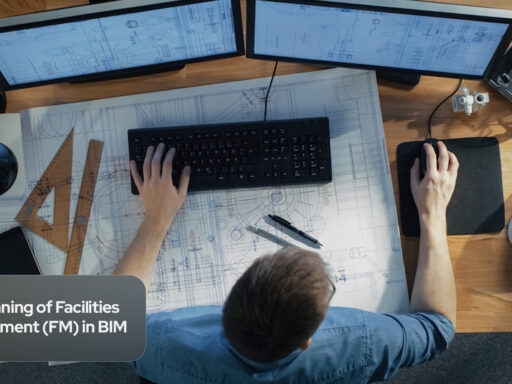Introduction
Heritage BIM is a methodology that applies BIM principles to historical buildings, allowing us to not only capture and document these structures but also to plan for their restoration, conservation, and long-term maintenance.
“Heritage BIM enables us to create a roadmap for the long-term maintenance and preservation of historical buildings.” – Jane Doe, Conservator
In this blog post, we will explore the aspects of Heritage BIM and how it can contribute to the preservation of historical buildings.
Highlights
- Heritage BIM is a methodology that applies BIM principles to historical buildings, allowing for the preservation of architectural heritage.
- The application of BIM in historical buildings involves modeling, managing pathologies and assisting in restoration interventions.
- Implementing Heritage BIM requires careful planning, data capture, analysis and evaluation of the BIM model.
- The benefits of using Heritage BIM include enhanced preservation, universal accessibility, interactive education, and improved planning and conservation.
Applying BIM Methodology to Historical Buildings
- Modeling Historical Buildings: When it comes to historical buildings, accurate modeling is essential. Heritage BIM allows for the creation of detailed digital models that capture not only the standard elements but also the non-standard elements characterized by deformations or irregularities. This is achieved through the use of BIM software that can handle the complexities of historical structures.
- Managing Pathologies in Historical Buildings: Historical buildings often suffer from various pathologies and deterioration. With Heritage BIM, these pathologies can be identified, assessed, and incorporated into the BIM model. This allows for better planning and implementation of conservation measures, ensuring that the historical integrity of the building is preserved.
- Assisted Design for Restoration Interventions: Restoring historical buildings requires careful planning and consideration of their unique characteristics. Heritage BIM enables architects, structural engineers, conservators, and BIM specialists to collaborate and develop a restoration plan that takes into account the historical details, materials and structural systems of the building. This ensures that the restoration interventions are accurate and in line with the original design.
“Heritage BIM allows us to preserve the historical integrity of buildings while leveraging the power of technology for restoration and conservation.” – John Smith, Architect
Implementing Heritage BIM for Historical Buildings
Heritage BIM allows for the creation of accurate 3D models of historical structures, capturing every detail and nuance. This technology enables better planning and decision-making, as well as the ability to simulate the impact of different restoration approaches. By using Heritage BIM, historical buildings can be preserved with greater accuracy and sensitivity to their original design and construction.
Heritage BIM provides the tools and capabilities to document, analyze, and plan for the preservation of historical structures. This technology offers a way to integrate modern construction and preservation techniques while respecting the historical significance of the building. These are the most important points to consider for the implementation of Heritage BIM in a preservation or conservation of historical buildings projects:
- Planning and Execution: Implementing Heritage BIM for historical buildings requires a well-executed plan. This involves identifying project objectives, specific requirements, and evaluating the site’s condition. A multidisciplinary team, including architects, engineers, conservators and BIM specialists, should be established to develop the plan and ensure its successful implementation.
- Data Capture for Historical Buildings: Accurate data capture is crucial for creating a detailed digital model of a historical building. Laser scanning and photogrammetry are commonly used techniques to capture three-dimensional data of the building’s facades, interiors, ornamental elements and structural details. The precision of the scanned data is then verified to ensure its accuracy.
- Analysis and Evaluation of the BIM Model: Once the data is captured, it is used to develop a digital twin or a BIM model of the historical building. The model incorporates parameters such as construction materials, structural systems, historical details, and pathologies. The model is then analyzed and evaluated to identify areas of deterioration, critical points, and conservation needs. This information is used to plan interventions and conservation measures.
- Maintenance Planning and Management: To ensure the long-term preservation of a historical building, a maintenance plan is essential. The BIM model serves as a valuable tool for managing and maintaining the building. Associated data and parameters can be incorporated into the model to create a comprehensive maintenance plan. This plan outlines the tasks and activities required for ongoing maintenance, ensuring the building’s continued use and benefit.
Benefits of Heritage BIM for Historical Buildings
Let’s enumerate some of the most important benefits provided by the utilization of Heritage BIM for Historical Buildings:
- Enhanced Preservation of Historical Buildings
By capturing and documenting the architectural heritage, we can ensure that these buildings are protected and maintained for future generations. The detailed digital models created through Heritage BIM allow for accurate restoration and conservation efforts, preserving the historical integrity of the buildings.
- Universal Accessibility to Historical Heritage
One of the significant benefits of Heritage BIM is the universal accessibility it provides to historical heritage. Through digital twins, the historical buildings become accessible to people from all over the world. This accessibility promotes tourism and allows for interactive education and exploration of these architectural treasures.
- Interactive Education and Exploration through Digital Twins
Digital twins created through Heritage BIM offer an immersive and interactive educational experience. People can explore and discover historical buildings virtually, gaining a deeper understanding of their architectural significance and historical context. This interactive education fosters a greater appreciation for our cultural heritage.
- Planning and Conservation using Digital Models
Heritage BIM enables better planning and conservation of historical buildings. The detailed digital models allow for accurate analysis, evaluation and identification of areas of deterioration. This information can then be used to plan interventions and conservation measures, ensuring the long-term preservation of these architectural treasures.
Heritage BIM Methodology Applied in the Preservation of Heritage Buildings
Here are some cases where BIM technology has been used for the preservation and conservation of historic buildings:
- Sagrada Família, Barcelona, Spain: BIM was utilized in the restoration and completion project of this iconic basilica designed by Antoni Gaudí. It helped in the documentation, analysis and planning of the complex renovation work while preserving its unique architectural features.
- The Colosseum, Rome, Italy: BIM technology was used in the conservation efforts of the Colosseum, enabling detailed documentation of the ancient structure and facilitating the planning of restoration projects to address issues such as structural stability and visitor accessibility.
- Ellis Island, New York, USA: BIM technology was used in the restoration and adaptive reuse of historic buildings on Ellis Island. It facilitated the integration of modern amenities while preserving the architectural integrity and historical significance of the structures.
- Tower Bridge, London, United Kingdom: BIM was utilized in the maintenance and conservation of Tower Bridge. It aided in the assessment of structural elements, planning of repairs and management of the bridge’s ongoing preservation needs.
Conclusion
Preserving historical buildings is of utmost importance to maintain our cultural heritage and pass it on to future generations. Heritage BIM provides a powerful methodology for capturing, documenting, and preserving these architectural treasures. By applying BIM principles to historical buildings, we can ensure their accurate modeling, manage pathologies, assist in restoration interventions and plan for their long-term maintenance.
The benefits of Heritage BIM include enhanced preservation, universal accessibility, interactive education and improved planning and conservation. With Heritage BIM, we can leverage technology to safeguard our architectural heritage and ensure its continued appreciation for years to come.

